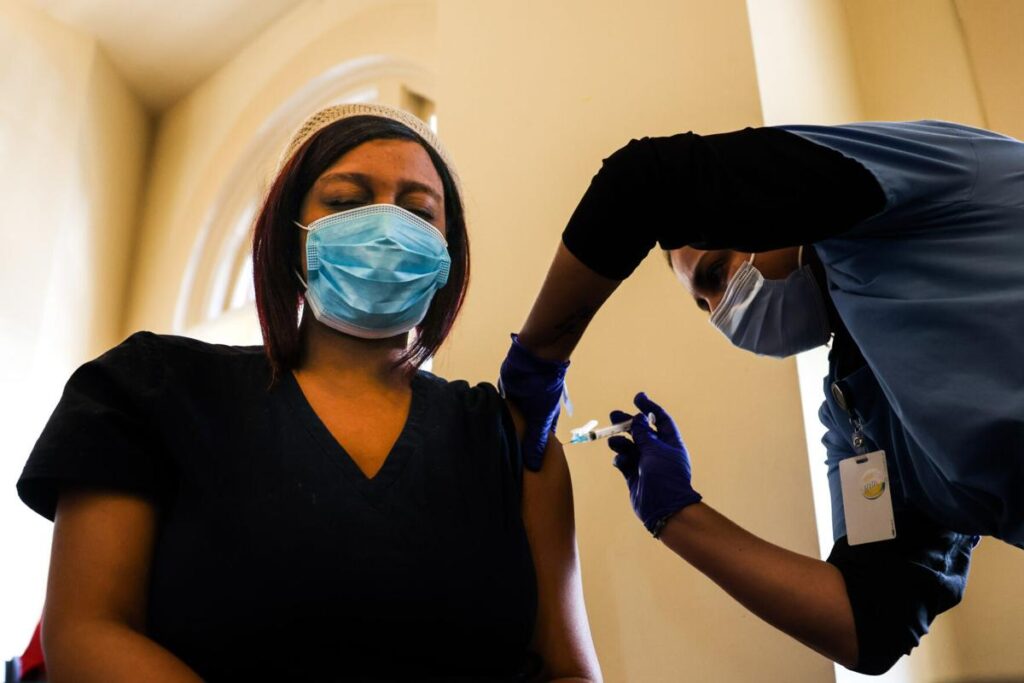The Gazette: Colorado Springs D-11 has the money, now expect results
A Gazette story Saturday reminded readers about 10 schools in Colorado Springs School District 11 that operate under the state’s lowest rankings.
“Their students performed poorly on last spring’s standardized state tests, and they didn’t show adequate growth from one year to the next,” wrote Gazette education reporter Debbie Kelley.
“Only 4.5 percent of Monroe Elementary third-graders met or exceeded expectations on English language arts assessments, for example.
“At North Middle School, a mere 5.9 percent of seventh-graders scored as meeting or exceeding expectations in math.”
It’s not all bad news. The district is known for employing some of the state’s most distinguished teachers. Patrick Henry Elementary School went from four straight years of failing performance to winning state recognition as a “center of excellence” in 2017.
Voters had this type of information last fall when they approved a tax increase of $42 million annually to pay for better results.
Voters, like The Gazette’s editorial board, trust the school board, administration and teachers of District 11 to enhance outcomes for kids by properly using new financial resources. Improving the futures of children is the only business our schools should be in.
Brien Hodges, executive director of D-11’s K-12 schools, said test scores rise and fall in schools with higher percentages of students from low-income families. Those are the schools the district should focus on most and try to stabilize. A public school may be the greatest asset a child has when one or two parents struggle to keep a roof over head and food on the table.
The D-11 school board last month approved strategies to help underperforming schools.
“Adams, Monroe and Rogers elementary schools, Mann Middle School, Mitchell High School and Jack Swigert Aerospace Academy are on ‘priority improvement’ plans, and West Elementary and North and Sabin middle schools are on the lowest rung: ‘turn around’ status,” Kelley explained.
The district’s accountability committee will work with each school’s accountability committee to build what Hodges describes as cultures that nurture performance and talent. Strategies include instructional changes, new methods of documenting progress, individual coaching for teachers and students and help from outside the district.
Multiple indicators instill confidence district leaders are looking outside the old traditional one-size-fits-all box for ways to make D-11 more responsive to the needs of students who arrive at schools each morning with varying circumstances, challenges and abilities.
Voters wisely invested in the school district, but voting and spending is not enough.
For the next few years, parents, business leaders and other residents of the district should monitor progress and look for a good return on investment. That means rising test scores and no more schools that rank among the state’s lowest performers. Do this for the sake of children and the community’s future.
District 11 does not belong to a school board or a staff of administrators. It belongs to the community’s children. Pay attention, get involved, and plan to applaud success. Failure cannot be an option, because a child’s mind is a terrible thing to waste.












